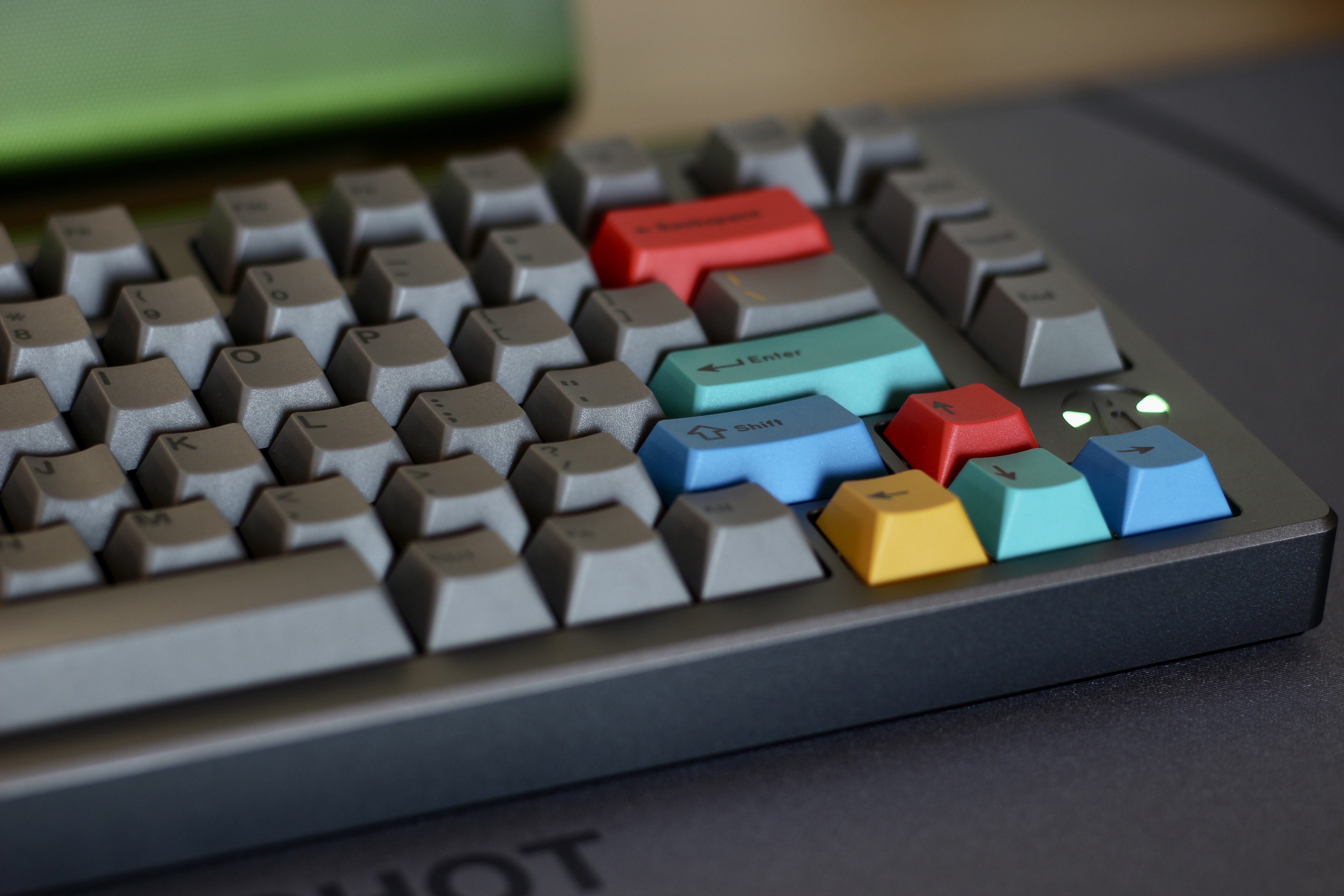Ok so here’s the actual reason:
It has nothing to do with the plane, if phones had even a slight chance of making a plane crash they would not allow phones onboard.
It has to do with cell towers, when a phone can’t connect it keeps raising the antenna power to increase its range and try to get to a tower this is not a problem on foot as when it does find a tower it is far enough that it works as intended. Now when you are flying a 600mph and you blast a cell tower at maximun power you degrade the signal for everyone else that cellphone tower is connected to.
Adding: in some areas (EU and possibly India, unsure) the aircraft can be equipped with a low power cell tower called a picocell to both supply cell service to those on board and to prevent this issue.
The EU and US also don’t require planes to be unaffected by WiFi or Bluetooth signals, but allow operators with aircraft assessed to be unaffected to allow passengers to use the aforementioned radios.
I’ve also seen some studies suggesting phones may pose slight interferences with the planes GPS system, but it didn’t have much weight.
That actually makes all the sense as to why a phone dies 10x quicker when it has no service
There’s a slight potential for all of those phones at max power to have an effect on the airplane’s avionics. It’s very unlikely, but they use an abundance of caution due to the potentially fatal outcome. What you described is true, but it’s not the only reason.
Also 100 people with phones that trying to get a connection at max signal strength can interfere with plane communication.
The rules are entirely arbitrary, and have no basis in science. I have been told to turn off a GPS receiver that ran on two AA batteries for 12 hours. There is no possible way that you could affect the planes electronics with the power of two AA batteries. Especially not with electronics designed to be quiet enough not to interfere with the extremely weak GPS signals it must listen to. The electronics on a plane must be horribly designed if they can be affected by any hand held electronic device.
Just turn on airplane mode and ride your phone to safety
Autopilot won’t be functional at this point though so when you switch on Airplane mode, also enable the manual flight control option so you can get the plane stable again.
Also, jump at the last second to dampen impact.
When I was a kid, I used to think I could survive an elevator accident by doing this.
What? I thought airplane mode was so that you can fly the plane and give the pilots a break.
I’ve been holding my phone perfectly still in coach the entire time. Why didn’t anyone tell me?
What’s the actual reason for this? I can’t imagine that phones fighting for non-existing wifi to make a difference to the airplane’s communications on on a different band.
I’ve heard it’s because the plane is moving so fast when taking off and landing that the phones will ping many different cell towers in rapid succession and that can wreak havoc on the network. It also makes your battery drain faster as it struggles to find a stable cell connection.
ETA: this comment explains it better: https://lemmy.world/comment/3968181
I made a separate comment on the same topic, but AFAIK its not to protect the cockpit - engine communication, but rather to prevent radio polution from your phone attempting to connect to ground stations as it is passing by above.
Edit: CV my edit from the other comment:
while what I said seems to be true, radio transmitters, such as those in mobile phones, may interfere with some instruments, with GPS being most affected. However, if I understand correctly, these interferences are minor to none and I’m guessing issues start to arise when more devices are transmitting signals.
From my understanding, at worst, if enough interference from portable electronic devices is present, this could contribute to navigational issues, which could cause a crash. It will probably not cause the plane to nosedive or loose cabin pressure though.
Cell phones are on a completely different frequency band from any navigation systems on an aircraft. They do not cause interference. The only exception would be if you went all the way up into the flight deck and laid your cell phone right next to the magnetic standby compass (which they absolutely are not using).
The primary reason is a combination of safety during takeoff and landing (they don’t want anyone distracted during these critical moments of flight); and years of federal regulation that will probably never be updated until the generational gap works its way through the FAA, or some sort of reform occurs.
I recently saw an article talking about Delta and how they’re finally updating the altimeters in their planes. They were apparently the last airline to do so and the main reason why carriers were not able to crank cell signals to full power around airports. Is that related?
Yes. The Rockwell-Collins radio altimeter system was lacking a low-pass filter in the transceiver, which was not a necessary item until cellular companies started rolling out 5G networks. Even still, with the highly directional nature and short range of SHF, it was assumed there wouldn’t be interference at first.
During landing, if the right kind of object happened to pass by in the right location at the right time (such as a car driving down a road close to the runway, bouncing a 5G signal upwards as a plane passed over); the radio altimeter would suddenly get a signal that didn’t make sense and kick off the Autoland system, warning the crew who is ready to take over immediately. It’s very likely no passengers ever noticed the transition of controls.
As for the fix, Service Bulletins were issued to check antenna and transceiver models on all aircraft, and replace accordingly. It took my airline a few months to get through all of our planes. We have a very large fleet, and I was even servicing a few aircraft a night myself.
Cool insight. Thanks for sharing.
My edit was mainly based on a 2006 study, quote:
Yet our research has found that these items can interrupt the normal operation of key cockpit instruments, especially Global Positioning System (GPS) receivers, which are increasingly vital to safe landings. Two different studies by NASA further support the idea that passengers’ electronic devices dangerously produce interference in a way that reduces the safety margins for critical avionics systems.
The most common are the VHF omnidirectional range system and the instrument landing system, both of which operate near 100 MHz, and GPS, which operates between 1200 and 1600 MHz. PEDs have the potential to interfere with each of them, but the most serious concern has to be for GPS receivers, which are becoming key navigational aids these days—particularly when clouds or other weather problems make it impossible for pilots to see runways.
If I understand this correctly, there can be some interference, but it is likely not very significant. I assume that if enough devices are left with their GPS systems active, the pilots and auto pilot system could be fed data at a slower rate which is possibly less accurate. I don’t interpret this as a direct cause for a aircraft to crash.
Also, again if I understand correctly, the FAA can do shit to allow people to have airplane mode disabled, due to the Prohibiting In-Flight Voice Communications on Mobile Wireless Devices Act or PIFVCoMWD Act for short. The act put responsibility to enforce this on the FCC, not FAA. It seems the FAA itself is pretty hands off, allowing the operator of the aircraft to allow any devices they deem to be safe.
Also also, the EU lifted its ban of PEDs not in airplane mode in 2014 (coincidentally the same year in which the act I mentioned above was passed and introduced), but in my experience airplane mode is still required on European airlines. Note that the EASA does require aircraft operators to “ensuring aircraft are not affected in any way by the transmission of signals from the PEDs” if they want to stop requiring airplane mode.
in other words ¯\(ツ)/¯
Regarding GPS interference, a GPS antenna is a receiver, not a transmitter. More GPS enabled devices around it will not affect performance, as they’re all listening to the same frequencies. WAAS is also broadcast and received in a similar fashion and frequency, which is where you get down to Cat III levels of accuracy for Autoland.
As for bands, cell phones are sectioned to ~700-900 MHz and some small ranges above ~1700 MHz for VHF. VOR navigation operates between 108-118 MHz while GPS sits specifically at 1575.42 MHz (L1), 1227.6 MHz (L2) and 1176.45 MHz (L5) with WAAS and SBAS sticking close to those. From a VHF standpoint, a cell phone will not cause interference. I can also confirm this by goofing off with my phone while using an IFR4000 test set and watching the nav display indications in the flight deck.
Now, SHF is where things change a little bit. SHF is very directional and fairly short range. It will not make it inside or outside the metal tube of an aircraft very easily. Although the 5G cellular band is separated from the radio altimeter band, the Rockwell-Collins systems were receiving occasional interference from ground antennas during landing. Since the initial issue was discovered, they’ve patched the transceivers with better filtering (supposedly from just adding a LPF filter, which wasn’t necessary before); and issued a service bulletin requiring the use of a newer model of antenna (which used to be optional. The 5 fleets I work on have all been updated or verified at this point.
Interesting!
The study I quoted stated that GPS is vulnerable to interference from PEDs as a fact, but it seems they only measured cell service frequencies. Since it seemed to be made by legitimate authors, I took its words.
From what I understand, neither the FAA (US) nor EASA (EU) require aircraft to be in no way affected by PEDs, though they do require a aircraft to be assessed as not affected to allow onboard WiFi or to allow devices with airplane mode turned off.
Thanks for your insight!
Also: out of curiosity: have any aircraft you’ve worked on been equipped with picocells?
I have not encountered any picocells on aircraft yet. Plenty of airborne wifi service equipment and some wireless mQAR’s for uploading aircraft monitoring data once the aircraft parks at the gate, though.
I do specialize in avionics, though. Hence, the more in-depth experience with navigation systems and radios.
That actually was the case about 20 years ago, but nowadays it’s not really a problem anymore
I’ll add my hearsay to everyone else’s - whilst no reasonable piece of consumer electronics actually poses this risk, it’s theoretically possible that a particularly recklessly designed device could. The airlines need some sort of assurance for liability/insurance reasons, and rather than submit every electronics manufacturer to get every device tested and accredited, they came up with ‘airplane mode’ as a compromise.
I’ve read it’s to reduce distractions while the flight attendants give instructions to the passengers.
deleted by creator
fun fact: airplane mode is meant to prevent your phone attempting to connect with cellphone towers as its flying by, not to protect the connection between the cockpit and the engines.
Second fun fact: on android you can control which modules are disabled when airplane mode is enabed, though this is usually not exposed to the user.
Edit: while what I said seems to be true, radio transmitters, such as those in mobile phones, may interfere with some instruments, with GPS being most affected. However, if I understand correctly, these interferences are minor to none and I’m guessing issues start to arise when more devices are transmitting signals.
Why would the crew care about my phone trying to connect to cellphone towers?
from what I understand, the issue is moreso that it can slow down or conflict with communication on the ground. Your phone won’t be able to use the cell tower for long, as it is only close enough for a short time. if I understand correctly, another concern is a phone sending messages to a cell tower out of range conflicting with transmissions related to another cell tower.
Another issue is that this could lead to reduced battery drain, as sending messages to far away cell towers takes more energy.
Some areas allow aircraft to be equipped with low power cell towers (aka picocells), which both provides cell service to the passages and prevents interference with cell towers on the ground.
note that both the US and EU are mostly hands off: airline operators may choose to allow WiFi and Bluetooth, if they can certify their craft, with the EU allowing picocells to be equipped on aircraft.
Hope you understand what I’m saying, but I can try to answer some questions.
Maybe it potentially interferes with other radio signals used for various systems during to takeoff/landing.
I thought I’d also read it was just precautionary and wasn’t really necessary and that some airlines no longer require it
It doesn’t. They just don’t want you distracted during takeoff or landing.
Note that bigger PIDs like laptops or tablets can also be a hazard.
Also both the EU and US give aircraft operators control over requiring device radios to be deactivated (with the exception of cell service in the US, as mandated by the FCC), as long as they show the aircraft can operate safely.







